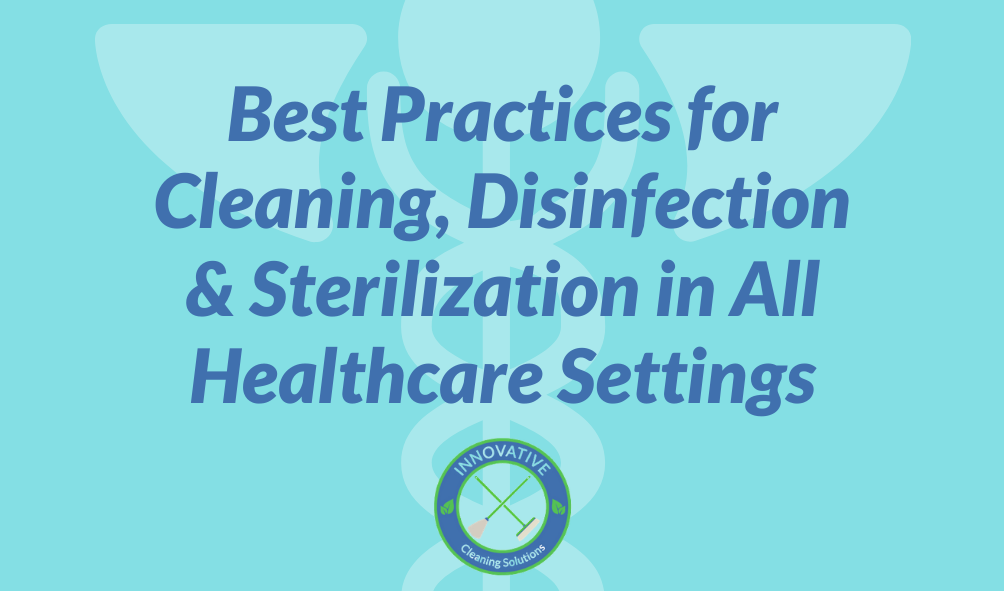
With the development of the Covid-19 pandemic and the increased risk of transmitting harmful viruses and bacteria, it has never been more important to ensure that workplaces and public settings are kept clean and sanitary. This is even more vital in a healthcare setting where many will be receiving treatment that makes them even more vulnerable.
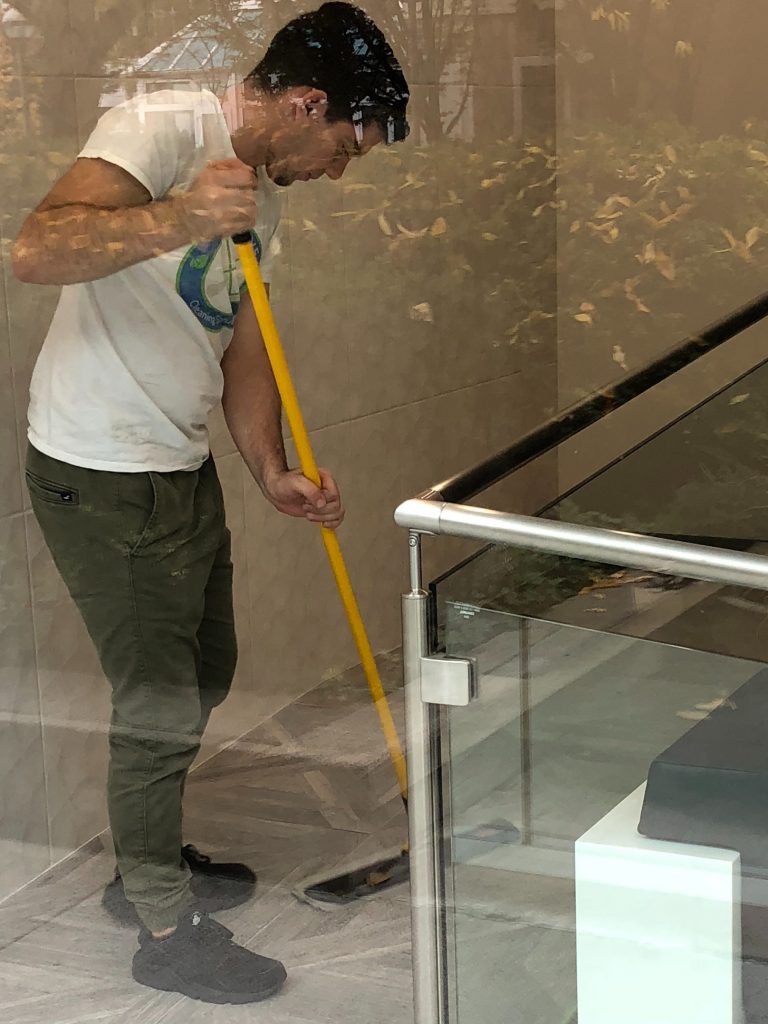
According to the Centre for Disease Control and Prevention, it is best practice to clean a healthcare setting before using disinfectant or sterilization products. This is to ensure that any foreign materials such as organic material and soil are removed. To complete the initial clean, use water with detergent to wipe down all surfaces. It is important to do this and remove the foreign material, as if this step was skipped, the material could interfere with the effectiveness of the disinfectant process. When cleaning surfaces manually, it is important to apply friction to the surface and use appropriate fluids to remove the debris. Surgical instruments or tools should also be cleaned before disinfecting by soaking or rinsing them to remove bodily fluids in a medical setting. With these tools, it is important to ensure that they are fully cleaned; therefore, instruments with hinges should be fully open.
Cleaning can also be undertaken with automatic or mechanical cleaners. One of the most common types of automatic cleaner is an ultrasonic cleaner, that can remove debris from tools by cavitation and implosion from the waves of acoustic energy through a solution to break down the bonds that connect the debris to the surface of the tools. It is important to note that some cleaning fluids often used with ultrasonic cleaners can result in endotoxin contamination, which can lead to inflammatory reactions in patients, so it is best to avoid this. Instead, consider using a neutral or near-neutral PH detergent solution as this is more compatible. Enzymes such as proteases can be added to these solutions, as these can help remove organic material by attacking the proteins in them.
After any cleaning or disinfectant solutions are used, the equipment or tools should be rinsed to reduce any residual chemicals or products on them.
One concerning statistic is that only 34% of surfaces near patients are cleaned in accordance with the standards and policies recommended by healthcare experts. This can lead to an increased risk of infection or transmission of bacteria and virus, leading to patient illness. In order to improve these, it is important to add a monitoring process into your cleaning routine as this can improve the levels of cleaning, doubling the effectiveness. In order to ensure that effective cleaning has taken place, a reprocessing verification test can be employed. Although the CDC does not routinely recommend this, it does ensure that the cleaning process is working.
After all surfaces and tools are appropriately cleaned, the disinfection process can then take place. Disinfection helps reduce the number of micro-organisms on a surface to reduce the risk of transmission to patients. It is recommended that hard surfaces should be disinfected with 1000ppm (0.1%) chlorine releasing agent/hypochlorite solution or chlorine dioxide solution. This solution should be diluted according to the manufacturer’s exact instructions to ensure that the solution will work to its maximum capacity.

Hypochlorite solutions can be corrosive, so they should be rinsed off stainless steel surfaces after the process, while chlorine solutions do not require this final step.
There are three main types of cleaning in a healthcare setting: routine, enhanced, and terminal. Routine cleaning should be completed at least once a day and cover all general surfaces and tools with a detergent and then a disinfectant solution.
On the other hand, enhanced cleaning should be utilized if there if an outbreak or increase in infection levels, for example, during the Covid-19 pandemic. The rate of cleaning should increase to at least twice per day, and it should include all surfaces usually disinfected in a general clean, plus high-touch points such as rails, the arms of chairs, door handles, and push plates.
Terminal cleaning is at the top of the scale; this is where a whole facility or department is cleaned due to an outbreak of infection in close proximity to the area, after the discharge or death of a patient with a known infection or isolation of a patient with a potential infection. At this stage, some facilities may wish to add in additional measures such as vaporized hydrogen peroxide or steam to decontaminate the air as well as surfaces. At this point, all cleaners should wear PPE equipment to protect themselves. This should be discarded after one use and disposed of as clinical waste. Any windows should be opened to aid ventilation, and disposable cloths and mop heads should be used so that they can also be disposed of as clinical waste.

Here at Innovative Cleaning Solutions, we provide top quality cleaning services for many different healthcare facilities. We work in collaboration with our clients, creating a Cleaning Maintenance Plan based on the individual facilities needs. We use our decade of combined experience to ensure that we follow international health standards and specialize in the ‘Cleaning for Health’ methodology. We ensure that our products are both environmentally friendly, non-toxic, and offer high levels of disinfectant. We use a three-step check after our cleaning to ensure that it meets the high standards necessary in a healthcare setting.
First, we use UVA inspection tools to locate any missed areas. Second, we utilize Adenosine triphosphate (ATP) to help identify any bacteria left in the area and measure its level of harm. Third, we then resolve these issues, breaking down any bacteria or micro-organisms, ensuring a sanitized environment. If you are looking to keep your healthcare setting clean, safe, and sanitized, contact us today for a free, no obligation quote.
Search
Recent Posts
Best to Worst Office Countertops to Keep Clean

Being a business owner or a manager of commercial property means that you are responsible for the design and layout of any officers. The demands f...
The Difference in Cleaning Product Terms
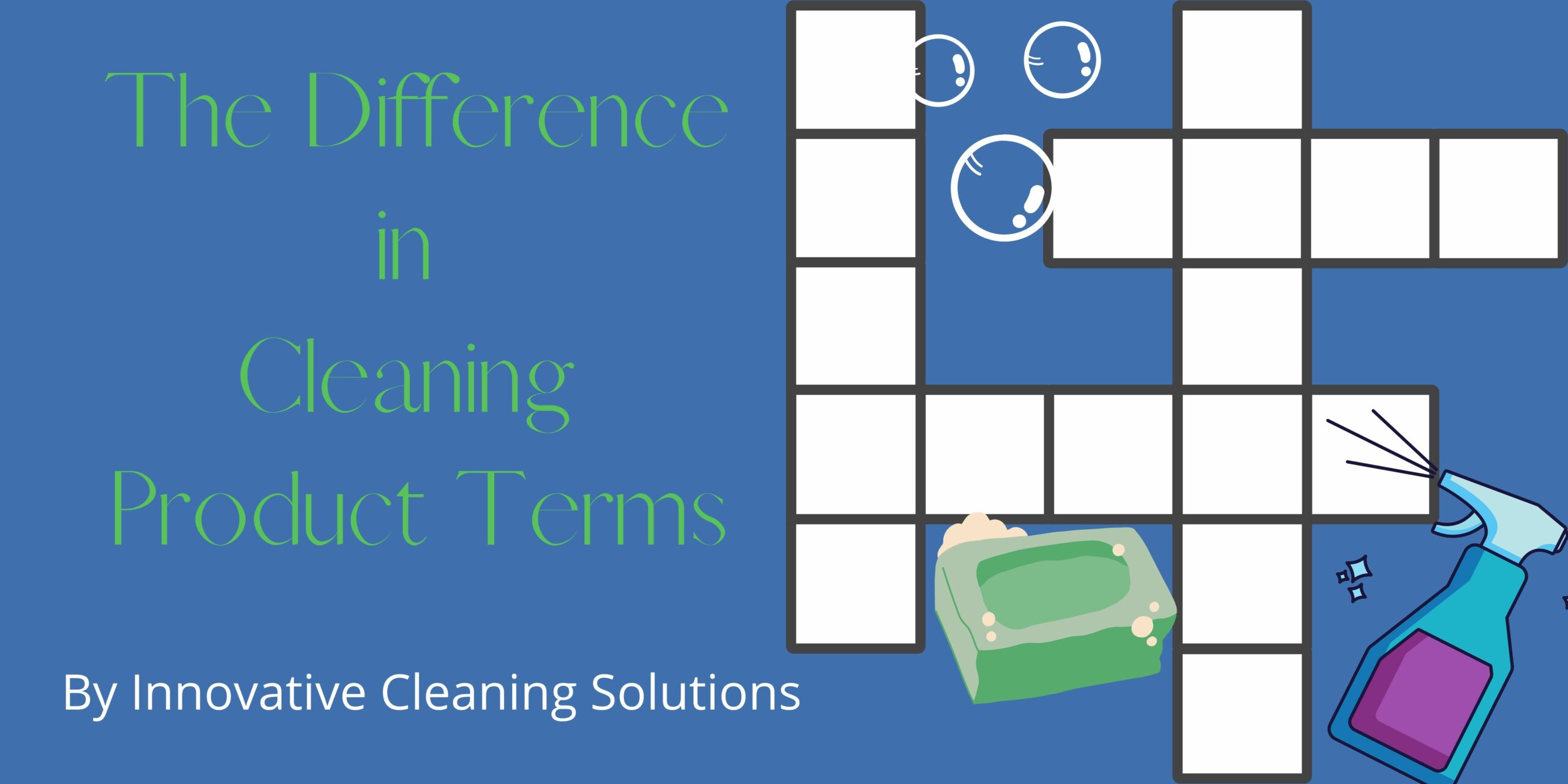
The Difference in Cleaning Product Terms
Cleaning products have always been important to our everyday lives, but our focus on ...
Christmas Office Party Clean Ups

Christmas Office Party Clean Ups
It’s that time of year again when we can begin to let our hair down and enjoy the fe...
5 New Tech Gadgets To Keep Your Workplace Clean

5 New Tech Gadgets To Keep Your Workplace Clean
Offices and workspaces can be a breeding ground for bacteria and germs....
10 Reasons Why Your Office Manager Shouldn't Clean Your Workspace
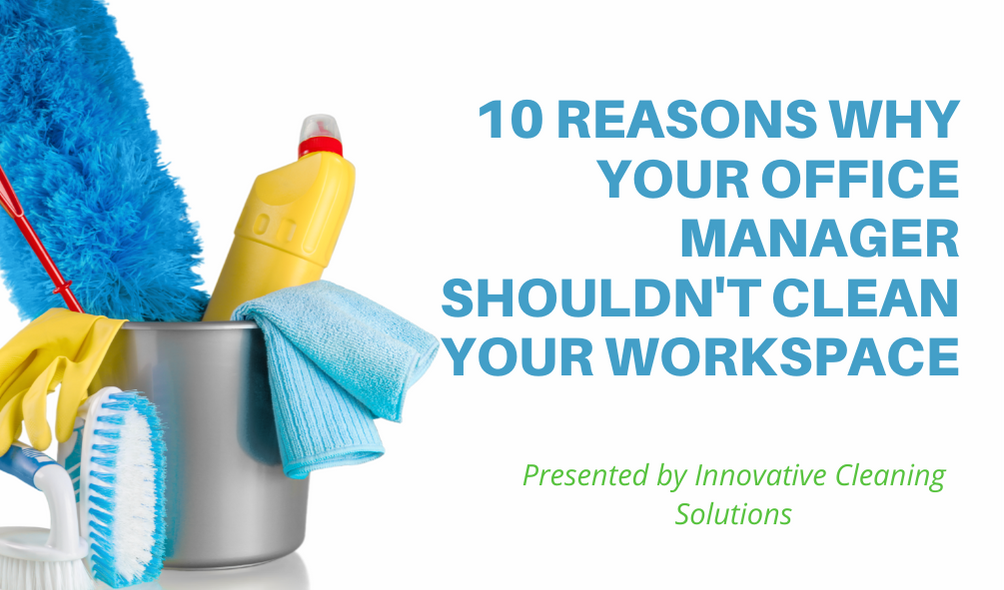
10 Reasons Why Your Office Manager Shouldn’t Clean Your Workspace
Offices are a bustling working enviro...
Are Green Cleaning Products as Effective?
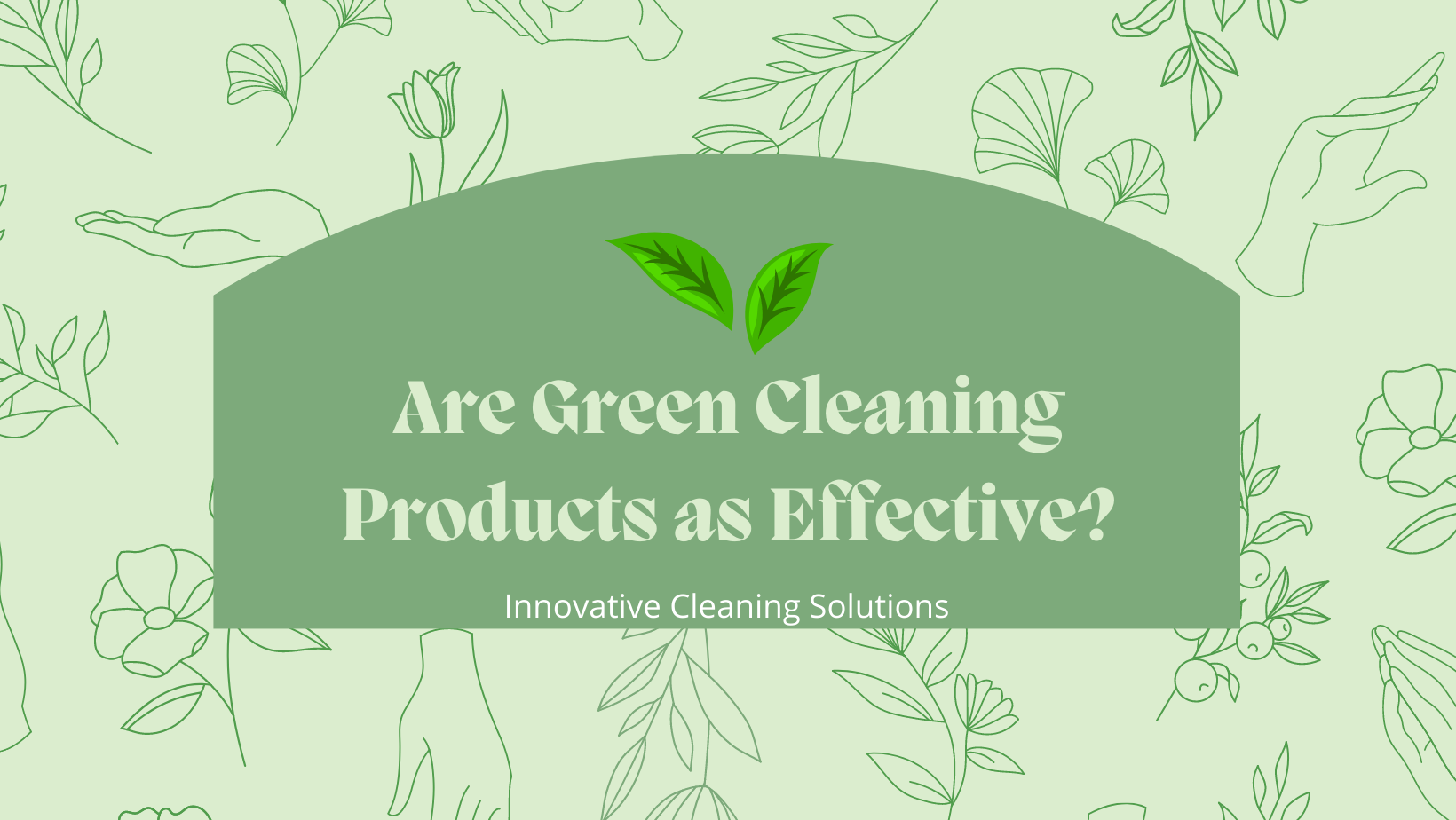
ARE GREEN CLEANING PRODUCTS AS EFFECTIVE?
While we are all looking after our offices, businesses, workplaces and homes ...
What is an Office Deep Clean?
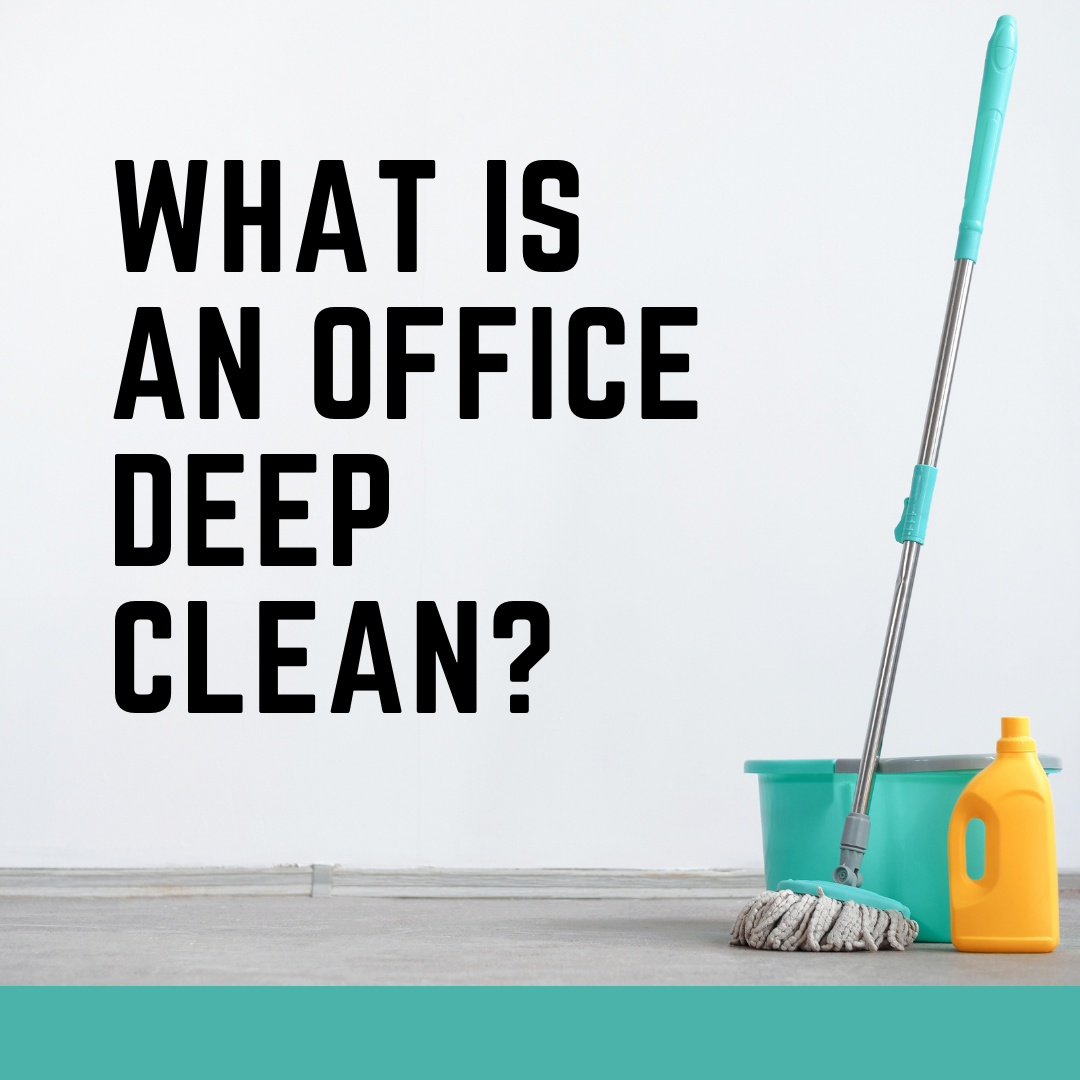
What is an Office Deep Clean?
Deep Office Cleaning has always been around, however, in the past year, you may have been hearing the phra...
Best Practices for Cleaning, Disinfecting, & Sterilization in all Healthcare Settings

With the development of the Covid-19 pandemic and the increased risk of transmitting harmful viruses and bacteria, it has never been more importan...
What most clinics miss in their cleaning procedures

When patients go to a walk-in clinic the last thing they want to worry about is if the clinic is clean. You want to believe that the o...
Is it possible to have an exceptionally clean workplace while still being sustainable?

In today’s resourceful world, plenty of things are going to waste and or damaging the environment that is causing a serious glob...
Leave Your Comment